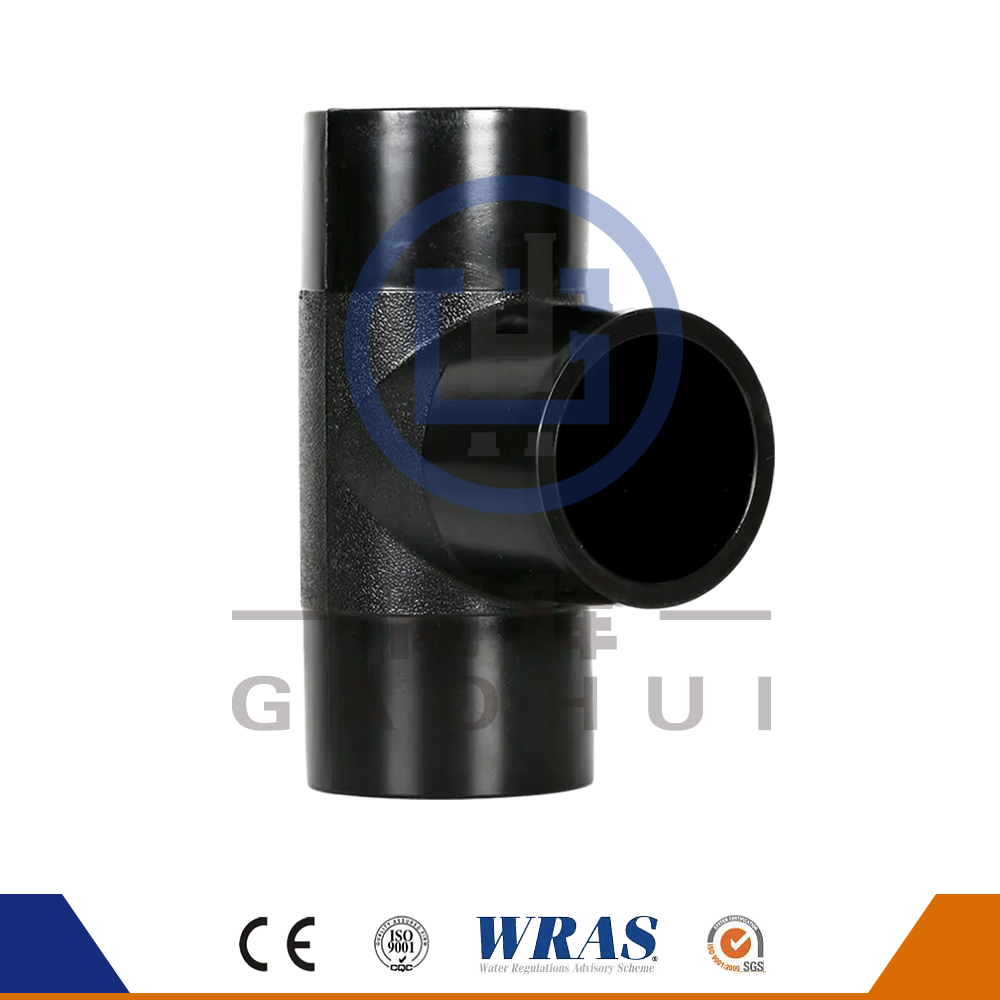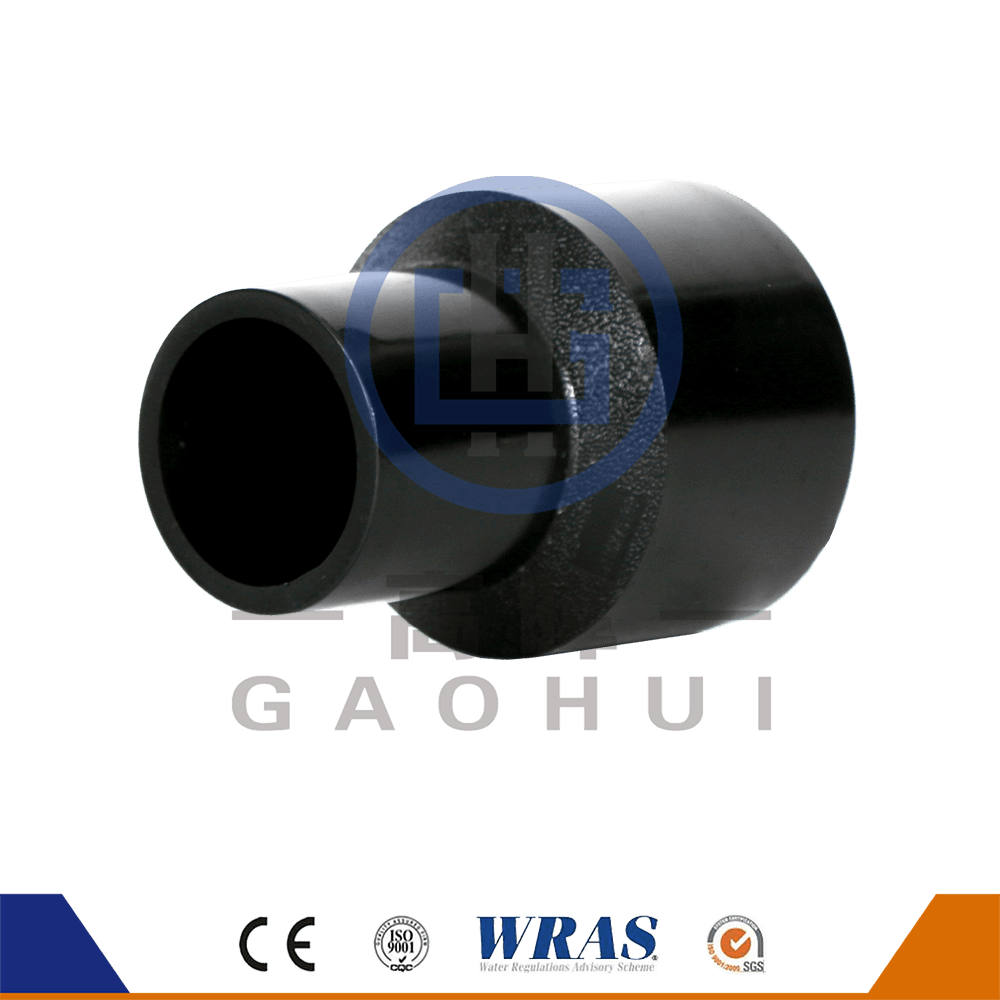The hydraulic butt welding machine is a special equipment used to join polyethylene (PE) pipes, and its operating steps involve multiple key stages. Preparation includes ensuring that the work area is tidy and checking that the various components and accessories of the hydraulic butt welding machine are intact. Then comes the pipeline preparation stage, where the operator needs to clean and trim the pipe ends of the PE pipes to be connected to ensure that the surface is smooth and clean, free of dirt and foreign matter. During the docking and pressurization stage, it is necessary to ensure that the docking ends of the pipelines are aligned and tight, then start the hydraulic system and apply sufficient pressure to ensure that the pipelines are in a tight docking state. Followed by the welding and cooling stage, the heating plate or heating ring heats the pipe butt end to the melting temperature until the PE pipe material melts, and maintains the pressurized state until the molten pipe end cools down and forms a strong welded joint. The last step is the pressure release and separation stage. After releasing the pressure on the pipeline, carefully separate the pressurizing head and check the quality and tightness of the welded joint.
Safety is always the primary consideration throughout the entire operation. Operators need to wear personal protective equipment, including hard hats, gloves, goggles, etc., to ensure safe operation. In addition, the heating temperature and pressure need to be precisely controlled according to the characteristics and requirements of the welding materials to ensure welding quality. Strictly operate in accordance with the operation manual and operating procedures to avoid accidents caused by misoperation and improper operation. During operation, it is also necessary to ensure that the working environment is well ventilated to avoid the accumulation of heat and smoke to protect the health and safety of operators.
In addition to the precautions during operation, it is also crucial to regularly check various parts and accessories of the equipment to maintain the good condition of the equipment. The timeliness and effectiveness of maintenance directly affect the performance and stability of the equipment. Therefore, operators should perform regular maintenance work to extend the service life of the equipment and ensure its long-term stable operation.


 English
English русский
русский عربى
عربى











